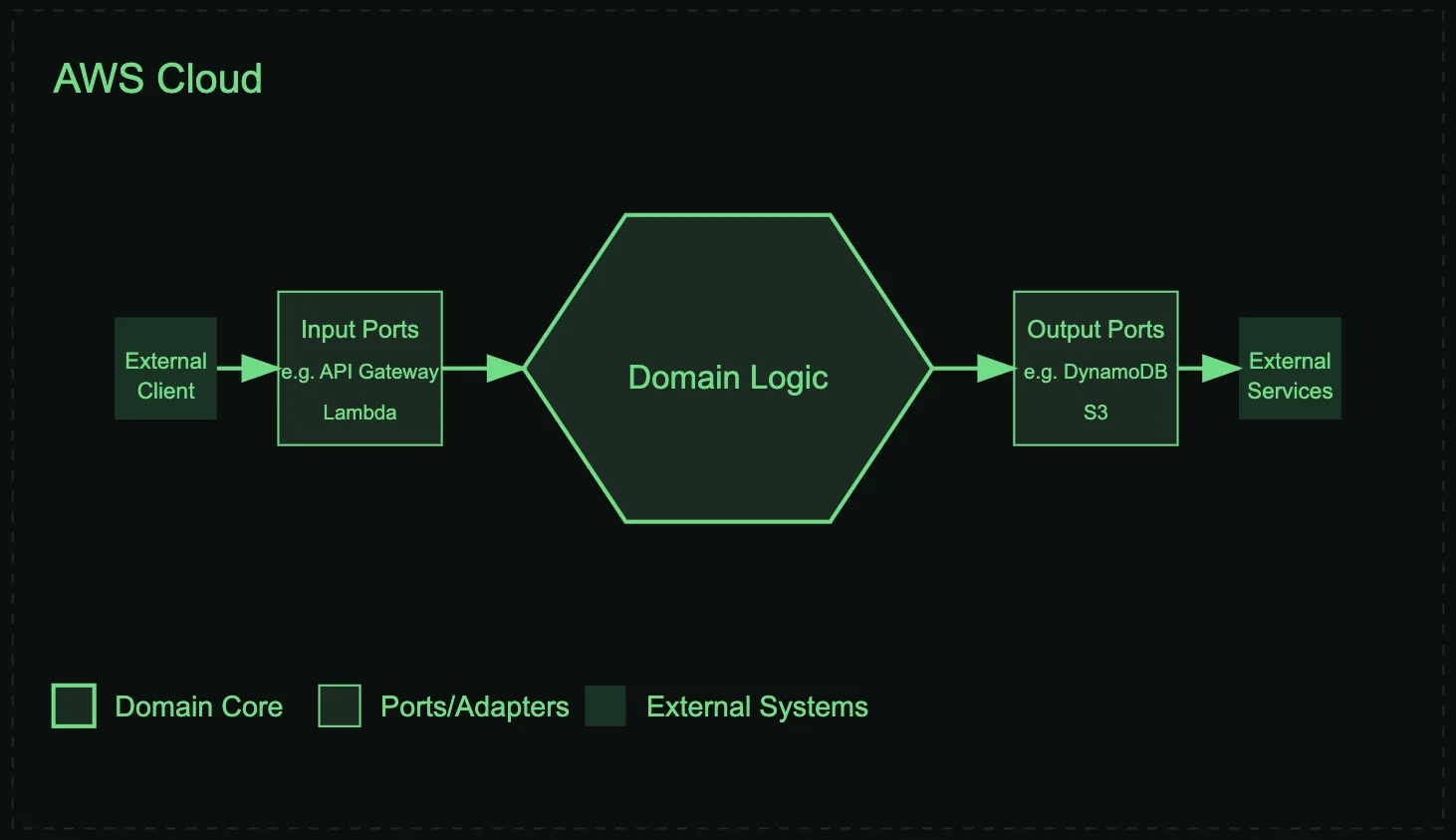.Technological Independence in the AWS cloud
When thinking about the introduction of a new technology, there are different factors which could and should be considered. Since technologies are developing rapidly and new possibilities are emerging, it makes sense to pay attention to a certain degree of flexibility when selecting the infrastructure - in addition to factors such as costs, reliability and service quality. One thing is to reduce dependency on a specific platform. AWS has great prerequisites to avoid vendor lock-ins and thus to reduce switching costs, while leveraging the full potential of high-class cloud infrastructure.
First of all, AWS offers a wide range of services required for modern SaaS and cloud applications and is considered a pioneer in many areas, as it constantly monitors market needs and creates new solutions. This makes AWS a future-proof and leading choice as a cloud provider. In addition, AWS does not use any provider-specific file formats or protocols, but always uses open standards that can also be used by other providers and are easy to migrate. Even if there would be any need of changing the provider, a migration is as seamless as possible. So the first thing to avoid technological dependence is to select a provider that offers a great level of freedom in which technology to choose.
Beyond the inherent capabilities that AWS provides as a cloud provider, there are additional strategies to avoid vendor lock-in. The key is striking the right balance between technological independence and optimized, high-performance services. Serverless services in the AWS cloud, for instance, have earned a reputation for being cost-effective through their precise usage-based billing, while also delivering exceptional performance through deep integration. Through well-planned strategies, organizations can harness the full potential of these provider-specific services while keeping switching costs as low as possible.
Hexagonal architecture
One strategy to minimize switching costs is using hexagonal architecture. It organizes your business software into three clear parts: your core business logic (domain logic) in the center, surrounded by input connections (input ports) and output connections (output ports). The domain logic contains all your essential business rules and processes – how orders are processed, how customer data is handled, or how your service calculations work.

Input ports are like standardized entry points where data comes into your system – whether from user interfaces, external services, or other sources. Output ports are standardized exit points where your system connects to databases, sends emails, or integrates with other services. These standardized connections mean you can:
Switch Technology Providers Easily: You can change which cloud services handle your data storage or process your transactions by simply updating the connections, while your core business logic stays the same- Maintain Business Control: Your essential business processes remain independent from technical implementation details
- Adapt to Future Changes: When new technologies emerge, you only need to create new connections rather than rewriting your entire system
This structured approach ensures your business operations (domain logic) stay clean and separate from technical details. It gives you the freedom to change technical providers or add new features without being locked into specific vendor solutions. Your business processes remain stable and unchanged, while the technical connections around them can be modified as needed.
Balancing Vendor Integration and Technical Independence
Strategic approaches to minimizing vendor dependencies extend beyond basic infrastructure choices and using hexagonal architectures. Using universal protocols like SMTP for email services, rather than vendor-specific libraries, provides natural flexibility. Similarly, adopting multi-provider libraries creates built-in options for future transitions. However, it's crucial to strike the right balance – pursuing technological independence shouldn't come at the cost of performance and efficiency.
Optimizing this balance requires careful evaluation of each use case. While some services benefit from provider-agnostic implementations, others may deliver more value through deep integration with specific cloud features. Working with experienced AWS partners like globaldatanet can help organizations make informed decisions, ensuring they maintain flexibility while fully leveraging the cloud's capabilities to drive business success.
We use cookies on our website. Some of them are essential,while others help us to improve our online offer.
You can find more information in our Privacy policy
